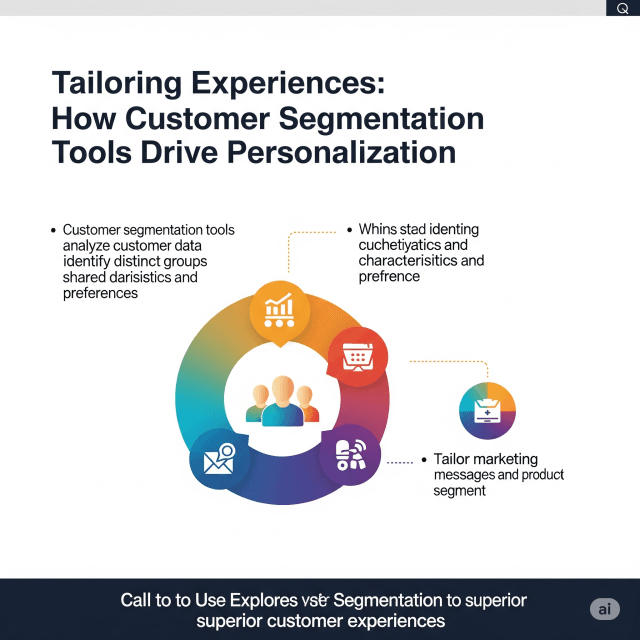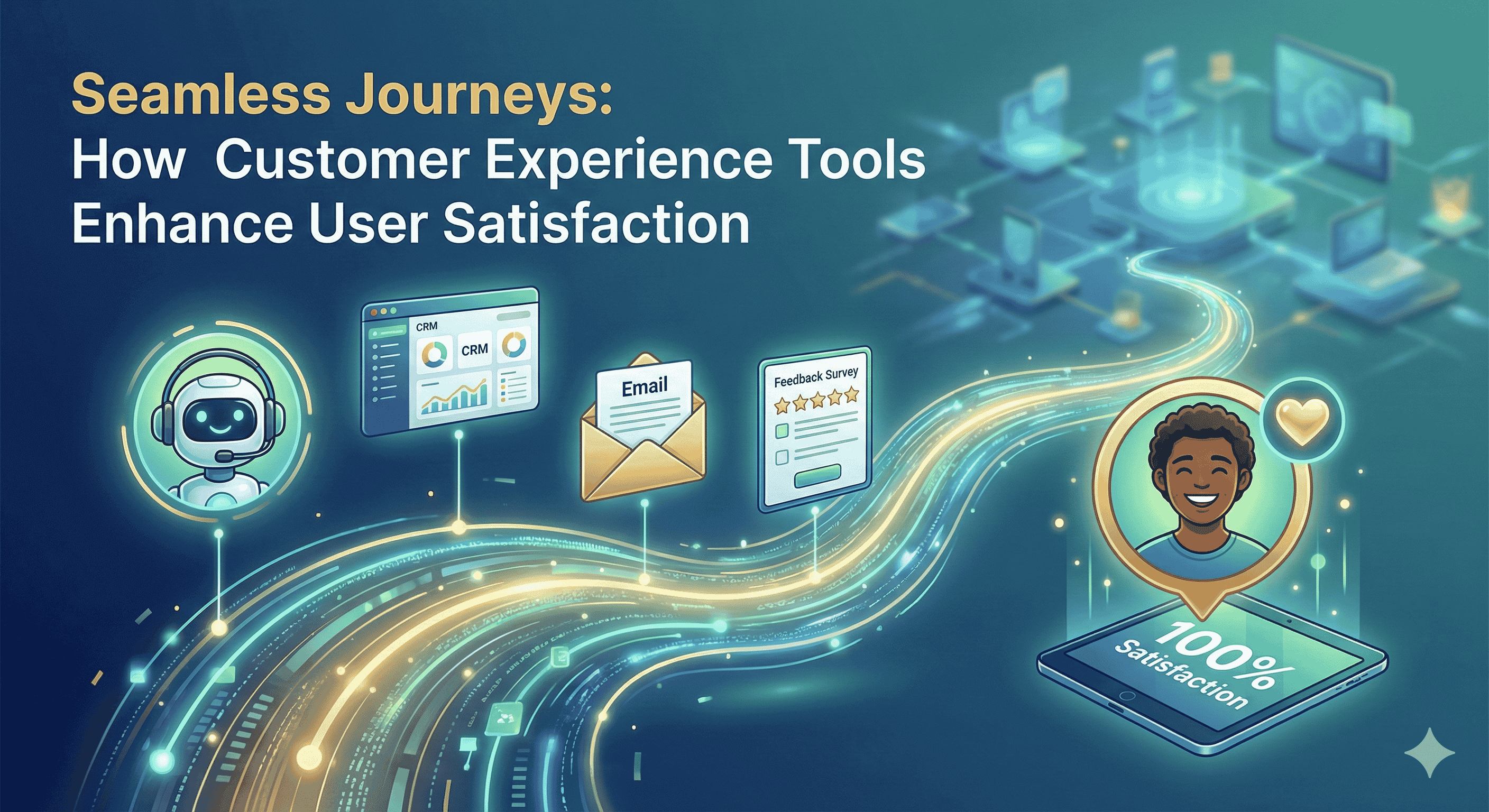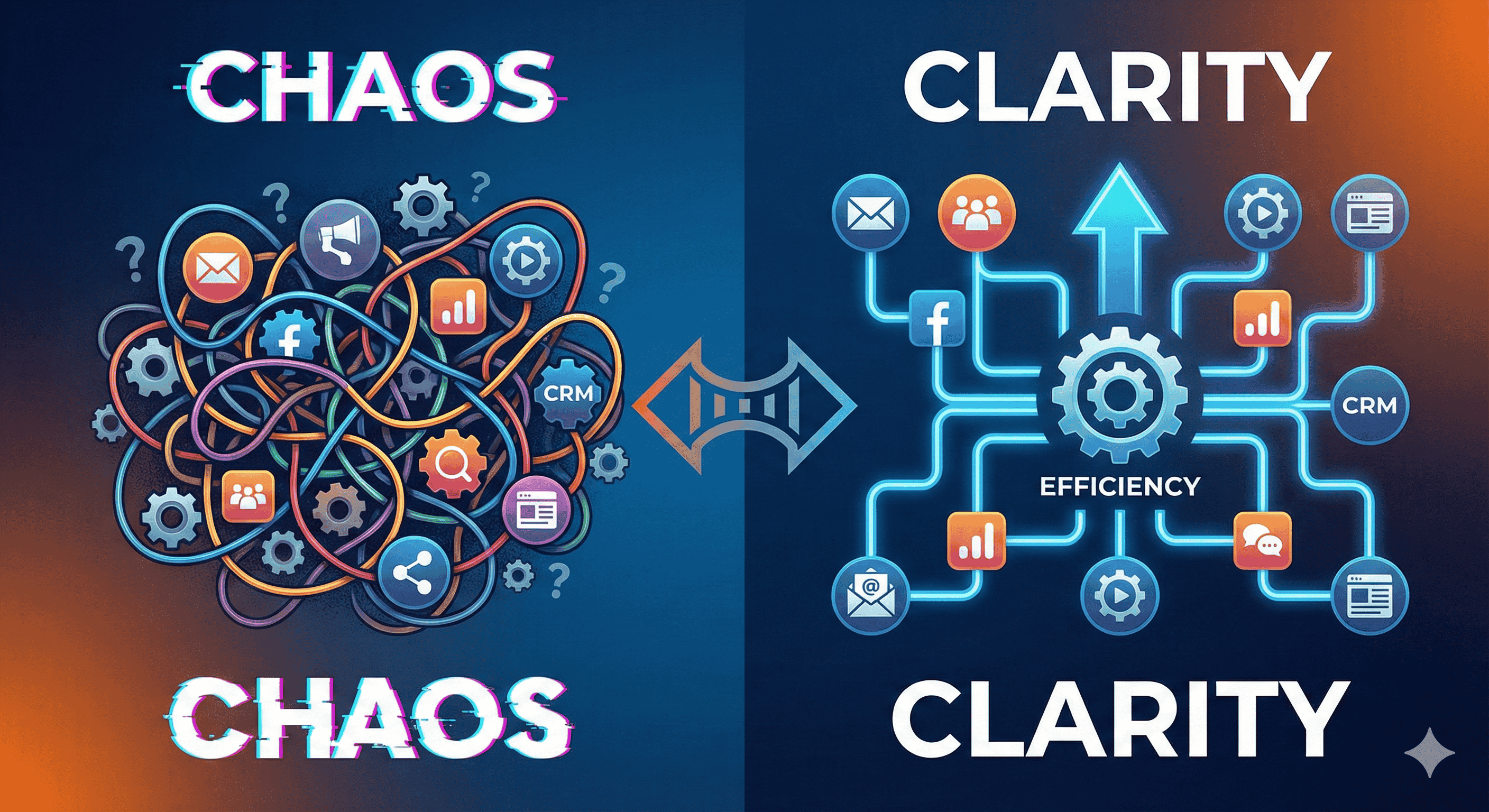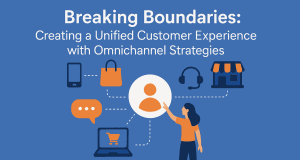In the ever-evolving landscape of marketing, personalization has emerged as a pivotal strategy for businesses seeking to connect with customers and foster brand loyalty. At the heart of effective personalization lies customer segmentation—an analytical approach that allows companies to categorize their audience into distinct groups based on shared characteristics, preferences, and behaviors. With robust customer segmentation tools, businesses can tailor their marketing efforts, enhance customer experiences, and ultimately drive sales.
Understanding Customer Segmentation
Customer segmentation is the process of dividing a customer base into smaller, more manageable groups. These segments can be based on a variety of criteria, including demographics (age, gender, income), psychographics (lifestyle, interests), behavioral data (purchase history, engagement patterns), and geographical locations. By identifying and understanding these segments, businesses can create targeted marketing strategies that resonate with specific groups rather than adopting a one-size-fits-all approach.
Why Segmentation Matters
Enhanced Customer Understanding: Segmentation provides valuable insights into customer preferences and pain points. By analyzing data from various segments, businesses can better understand what drives their customers’ purchasing decisions.
Increased Relevance: Tailored marketing materials—such as personalized emails, promotions, and product recommendations—can significantly improve engagement rates. When customers receive offers that align with their interests, they are more likely to take action.
Improved Resource Allocation: By focusing on high-value segments, businesses can allocate resources more efficiently, maximizing return on investment (ROI). This strategic approach minimizes wasted expenditure on ineffective marketing efforts.
- Enhanced Customer Retention: A personalized experience helps build stronger relationships with customers. When customers feel understood and valued, they are more likely to remain loyal to a brand.
The Role of Customer Segmentation Tools
To harness the power of customer segmentation effectively, businesses rely on sophisticated tools that collect, analyze, and interpret vast amounts of data. Here are some key features and benefits of customer segmentation tools:
1. Data Collection and Integration
Customer segmentation tools can aggregate data from various sources—from CRM systems and social media platforms to web analytics and sales databases. This holistic view enables businesses to construct comprehensive customer profiles.
2. Analytical Capabilities
These tools employ advanced analytics, including machine learning and predictive modeling, to identify patterns and trends within customer data. By segmenting customers based on predictive behaviors, businesses can anticipate future purchasing patterns and preferences.
3. Real-Time Insights
Real-time analytics allow organizations to adapt quickly to changing customer behaviors or market conditions. Businesses can modify campaigns and messaging in response to immediate feedback and results.
4. Performance Tracking
Segmentation tools often come with performance measurement features that enable businesses to evaluate the effectiveness of their marketing efforts on different segments. This tracking is crucial for performance optimization and strategic planning.
Implementing Personalization Through Segmentation
To effectively apply customer segmentation for personalization, businesses should consider the following steps:
1. Define Objectives
Before diving into segmentation, businesses should clearly outline their goals—whether it’s increasing conversions, enhancing customer retention, or improving customer satisfaction.
2. Segment the Audience
Using the selected segmentation tool, businesses should categorize their audience based on relevant criteria, ensuring that each segment is distinct and actionable.
3. Develop Targeted Strategies
Craft personalized marketing messages for each segment. This can include tailored email campaigns, personalized product recommendations based on purchase history, or targeted advertisements on social media.
4. Monitor and Adjust
Continuously monitor the performance of personalized campaigns. Analyze data to identify which strategies resonate most with different segments, and be prepared to adapt quickly based on customer feedback and behavior.
Conclusion
As the competition for consumer attention intensifies, businesses must leverage customer segmentation tools to create tailored experiences that resonate with their audience. Personalization not only enhances customer satisfaction but also drives brand loyalty and increases revenue. By investing in the right segmentation strategies and tools, organizations can refine their marketing efforts, making every customer interaction meaningful and impactful. Ultimately, tailoring experiences through effective segmentation is not just a trend—it’s a necessity for businesses aiming to thrive in today’s dynamic market.









